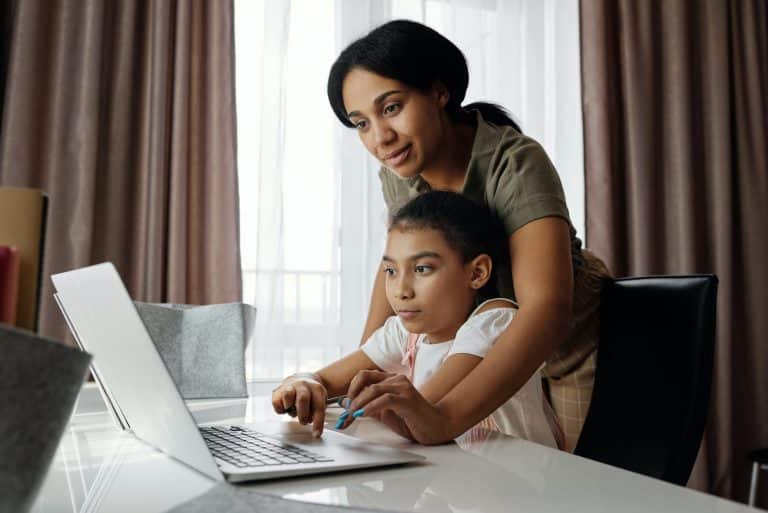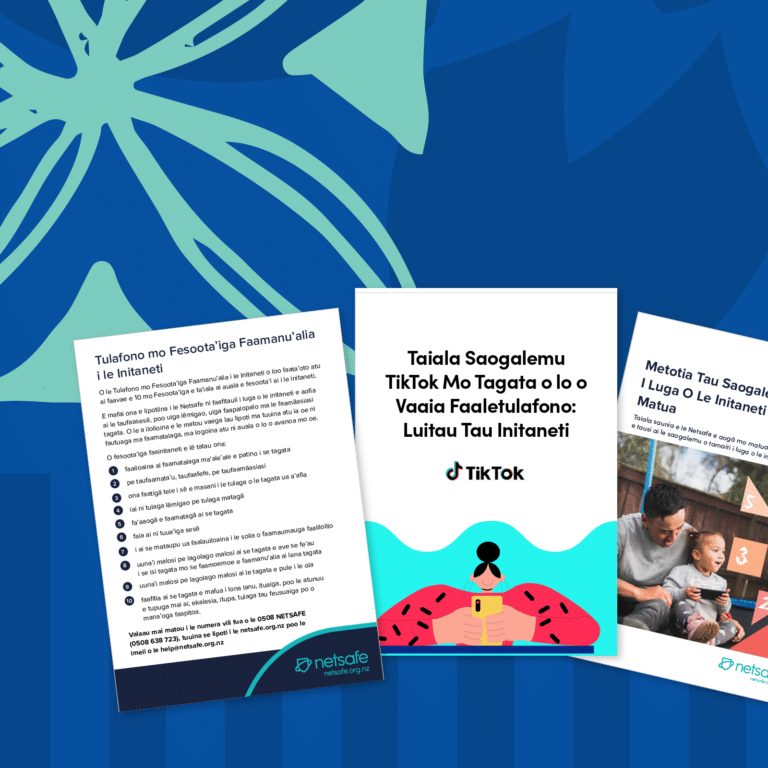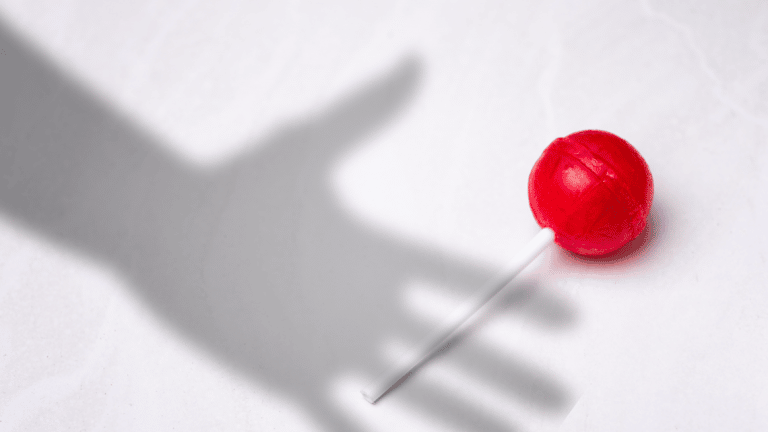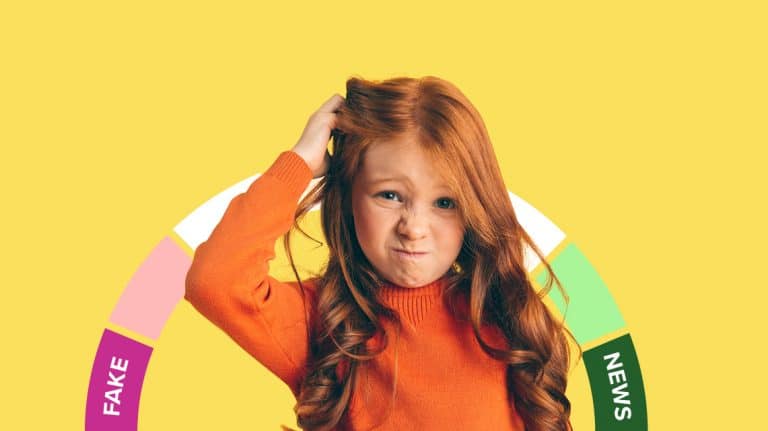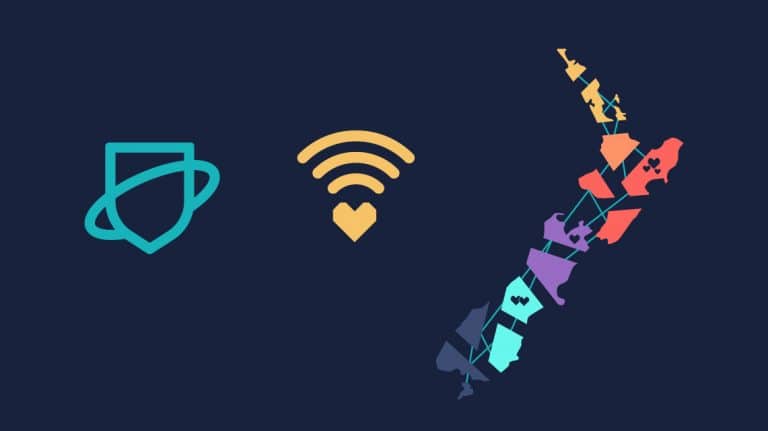How to talk to your child about sexting
You are here: Online Safety Parent Toolkit > Understand Sexting, or the sending of nude or sexually explicit images, continues to be a topic of concern for parents and whānau. It can be hard to know how to talk to your child about the potential risks and implications in sharing a nude image and explaining…

You are here: Online Safety Parent Toolkit > Understand
Sexting, or the sending of nude or sexually explicit images, continues to be a topic of concern for parents and whānau. It can be hard to know how to talk to your child about the potential risks and implications in sharing a nude image and explaining why consent is important so we’ve put some information together to help.
How often are young people sexting?
Netsafe research* shows that the rates of young people sharing nude images of themselves is relatively low (just four percent of young people aged between 14-17 surveyed). What is more common is the pressure to share these images – one in five young people have been asked to send a nude image. The research shows that the likelihood of sending a nude image does increase with age, so it’s important that parents are having conversations with their kids early.
The findings showed that girls were more likely to receive requests for nude images than boys, but were no more likely to share nude or nearly nude images than boys. The research also revealed that young people believe sharing nude or nearly nude images is commonplace, with about half of all respondents saying sharing nudes happens “often” or “very often”.
There is a strong misconception that everybody’s doing it. The research shows young people may feel pressure to sext as they believe sending nudes is commonplace, but it’s important to let them know that this actually isn’t the case.
Watch Sean Lyons, our Director of Education & Engagement, speaks to Breakfast TV about the rates of young people and sexting.
*’Teens and Sexting in New Zealand: Prevalence and attitudes’, 2017
What are the risks?
The risks associated with sexting is obvious to most adults, but for a lot of young people they don’t think anything bad will happen to them or they believe it is a harmless behaviour that everyone is doing or they think that’s what you do when you love someone.
It’s important that your child understands how easy it is for private pictures and videos to be shared outside of their intended audience, especially if a relationship or friendship ends badly. Once an image is sent to someone else it’s difficult to control what might happen to it. Sharing naked or semi naked content, even in a trusted relationship, can see images or videos reposted or shared as a joke.
There are also situations where people blackmail others into sending more intimate images, by threatening to release the original image/video if they don’t send more. This can lead to online bullying, abuse and harassment and sometimes significant distress.
How can I help my child?
A good way to minimise the harm your child may experience is to make a plan with them ahead of time about what you’ll do if things go wrong online. We know this is one of the best ways to navigate online challenges. The plan could cover who they would talk to and discuss ways to report and remove harmful online content.
It might also be useful to read our Online Safety Parent Toolkit as it offers practical tips and tools that will help you talk to your child about online safety. It includes:
- Quickstarter tips for parents, whānau and young people
- Information to enhance your digital parenting knowledge
- Details about the online risks and challenges your child may face
- Advice about how you can help your child
How do I prevent my child from sending nudes?
Young people will often learn about the concept of a ‘digital footprint‘ at school. Anything that is shared, posted or published online becomes part of your digital record and it can be hard to get the information removed. Talk to your kids about the risks of sharing personal information and sexual images and what can happen to those photos or videos once created and shared. Teach them how to use privacy settings to lock down social media accounts, restricting who can view your profile online and being cautious about sharing images.
Social media safety centres
Facebook • Snapchat • Instagram •YouTube • Twitter



I’ve found naked photos on my child’s phone. What should I do?
It’s important to try and keep your emotions from clouding your judgement, whatever your initial internal reaction may be. Talk to your child about them. You could also consider speaking to Netsafe for advice.
My child sent a nude image to someone and they have shared it with others, or are threatening to do so. What should I do?
If content has been shared on an online platform you should:
- Get your child to screenshot the content if possible
- Immediately report the content to the platform that it’s on (e.g. Facebook, Twitter, YouTube etc.)
- Report the profile/account of the person who shared the content to the platform (e.g. Facebook, Twitter etc.)
- Contact Netsafe on 0508 NETSAFE to report the content and discuss the options available to you
If this has happened it is called image based abuse (sometime called revenge porn). This is a form of online sexual harassment and can be an offence under the Harmful Digital Communication Act as well as a potential offence under a number of other Acts.
My child has shared an image of someone else. What should I do?
If you become aware that your child has shared a nude image of someone else you should contact Netsafe for advice on what to do next.
Sharing nude images without consent is a serious issue and can be a crime in New Zealand. There may be different rules and laws that apply depending on the age of the person whose image has been shared and the age of the person who shared the image.
Some important facts that are worth trying to find out prior to calling Netsafe may include:
- How many people was the image sent to?
- To you or your child’s knowledge, has the image spread further than who they originally sent it to?
- Where did the image come from? How did you child obtain the image?
- Who is the person in the image?
We can review the situation with you and give you advice on the steps you should take. Each situation is different and our team is on hand to provide information and support.
CONTACT NETSAFE
Need help or advice? Contact us.
- Email [email protected]
- Call us toll free on 0508 NETSAFE (0508 638 723)
- Text Netsafe to ‘4282’
- Online report form at netsafe.org.nz/report
Keep up to date
Follow Netsafe on social media and sign up to our enewsletter for alerts, news and tips.



